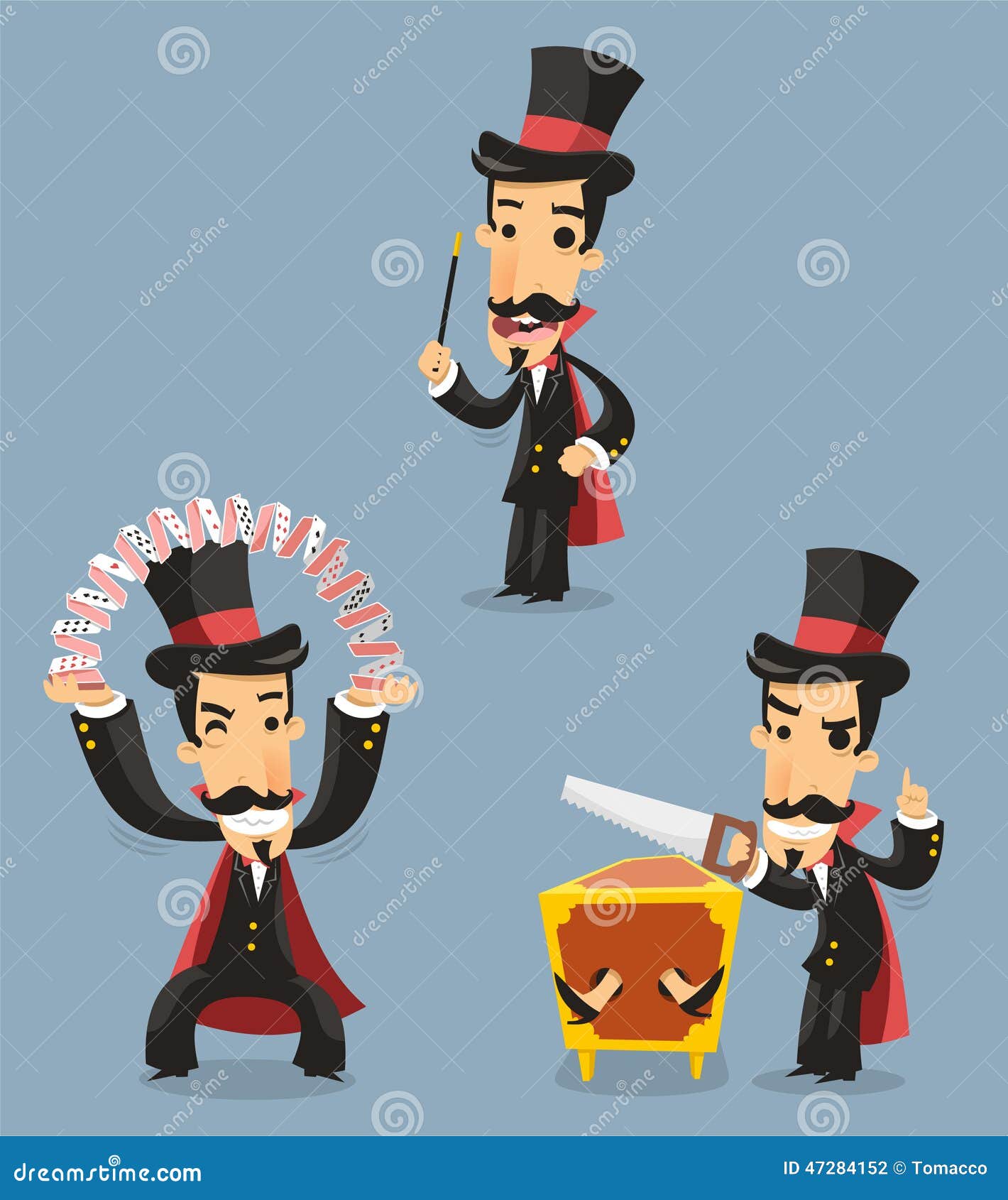
The trick was first mentioned in the 45 th Epistle of the Moral Letters to Lucilius, published in 65 AD, referred to as the “juggler’s cup and dice.” This makes the trick 2,000 years old at least, since it was likely around for a while before Seneca mentioned it. Generally, there is no prop magic in this trick (such as a ball that drops through the table). Still performed in streets and stage acts today, with many variations, the conjuring effect employs sleight of hand and misdirection to allow the magician to trick people into losing track of the balls or dice. The conjuring effect or cup and balls trick is possibly the most widely known magic trick.

They even created the first trick candles. These are, after all, the people who thought up Merlin, who cheered when magicians could make apples roll on their own. However, many aspects of the period in 1300-1500s England show a people in love with nature and with amusement. The common depictions in medieval art show people scared of nature, cowering before the universe with guilt and uncertainty. Then, when given a bowl of water, they could rehydrate the bread pieces, which released the wine. It was achieved by soaking the bread in wine and drying it. However, other tricks were trickier, such as a famous one that could turn water into the color and taste of wine by using bread. Some of these tricks were simple, such as making coins disappear and untying your hands behind your back.

The Middle Ages were not known to be kind to magicians and witches, however, some clever tricks used by conmen, performers, and magicians drew crowds.

We are grouping these tricks together as compiled in the Secretum philosophorum, a book with a fancy name from England circa 1300-1500 AD but in truth is kind of like the ancient equivalent of a guidebook for young men to be amusing at parties. Performers during the temperance movement renamed the trick, The Obliging Tea Kettle. In the form introduced in London, it has been known by many names, including Any Drink Called For and Satan’s Barman. The inexhaustible bottle is a variation of the lota bowl trick (see below). It was famously performed by Jean Eugene Robert-Houdin and John Henry Anderson.
#Magic trick series
It is now a well-known prop trick, where a series of stoppers control the airflow in the bottle and allow the magician to pour from multiple pipes. The trick involved a bottle that could produce different drinks and continue to pour them even after being emptied. Since the trick is explained in this book, it’s likely that the inexhaustible bottle is even older than our oldest known mention.

The inexhaustible bottle has been performed since the 1600s, as explained in a book called Hocus Pocus Junior: The Anatomie of Legerdemain, an English guide to tricks. Trick: A bottle that could pour multiple drinks Some historians believe that the phrase was originally a reference to Robert-Houdin’s trick. The trick was really a combination of performers using rods, levers, and amazing mechanical props to bring the objects into view.Ī classic phrase spoken by Londoners went, “queer as a clockwork orange.” This phrase is where Burgess got the title for his famous book, A Clockwork Orange. He turned them to powder, mixed them with liquor, poured them on a tree, the tree sprouted real oranges, and the final orange opened to reveal the handkerchief and ring. Houdin made an egg disappear into a lemon and the lemon into the orange. The trick begins by collecting a ring and handkerchief from two members of the audience, tying them together, making them disappear, and then doing amazing things with fruit. The orange tree trick, as created by the French magician and clockmaker Jean Eugene Robert-Houdin, is a marvel of showmanship, planning, and clockwork, more than sleight of hand.


 0 kommentar(er)
0 kommentar(er)
